Moscow, a vast metropolis at the heart of Eurasia, is a city of incredible dynamism and diverse cultures. While often perceived as monolithically Russian, its true character is enriched by a myriad of Moscow immigrant communities. These groups, hailing from various corners of the former Soviet Union and beyond, contribute significantly to the city’s economic vitality and cultural tapestry. This vibrant presence is perhaps most tangibly experienced through the explosion of diverse cuisines and the emergence of subtly multicultural neighborhoods. Indeed, understanding Moscow means recognizing its rich, evolving human mosaic.
Waves of Migration: A Post-Soviet Phenomenon
Moscow has long been a magnet for people seeking opportunity. However, the largest and most transformative waves of immigration occurred after the collapse of the Soviet Union in 1991. The newly independent states faced economic upheaval. Conversely, Russia’s capital offered unparalleled economic prospects. This disparity led to a massive influx of migrants.
Primarily, these waves consisted of individuals from Central Asian countries like Uzbekistan, Tajikistan, Kyrgyzstan, and Kazakhstan. Significant numbers also arrived from the South Caucasus, including Azerbaijan, Armenia, and Georgia. Additionally, migrants from Ukraine, Belarus, and Moldova contributed to this demographic shift. These individuals largely filled labor shortages in construction, service industries, and retail sectors. While fewer in number, communities from China, Vietnam, and various African nations also grew during this period, adding further layers to Moscow immigrant communities. This ongoing migration has irrevocably reshaped the city’s demographic profile.
The Unseen Tapestry: Multicultural Neighborhoods
Unlike some Western metropolises with clearly defined ethnic enclaves, Moscow’s “multicultural neighborhoods” are often more diffused. They are less about distinct geographical borders and more about concentrations of diverse populations around specific hubs. Areas around major transportation interchanges, large markets, or key industrial zones often exhibit a higher density of certain immigrant groups.
For instance, while not officially designated, areas surrounding vast wholesale markets (like the modernized Food City) become informal community centers. Here, one can find shops catering to specific national tastes, informal gathering spots, and community-run businesses. These areas serve as vital support networks for newcomers. They provide cultural familiarity in a new environment. Despite the lack of formal ethnic districts, these subtle concentrations of multicultural Moscow contribute significantly to its varied urban life. They reflect a unique form of integration where cultural identities are maintained without rigid spatial segregation.
A Feast for the Senses: Immigrant Cuisine’s Rise
Perhaps the most palpable and celebrated contribution of Moscow immigrant communities is their cuisine. The city’s gastronomic scene has been utterly revolutionized by the flavors of Central Asia, the Caucasus, and East Asia. Once limited to a few specialty restaurants, dishes like Central Asian plov (a rice pilaf), laghman (noodle soup), and shashlik (grilled kebabs) are now ubiquitous.
Georgian cuisine, with its rich khachapuri (cheese bread), khinkali (dumplings), and hearty stews, enjoys immense popularity. Azerbaijani pilafs and aromatic kebabs are also widely available. From East Asia, Vietnamese pho, Chinese dim sum, and Korean BBQ have become firm favorites among Muscovites. Furthermore, the proliferation of “halal” and “kosher” food options reflects the growing diversity of dietary needs within the city. Markets play a vital role in this culinary landscape. Large food markets often have dedicated sections or stalls run by specific diasporas. They offer specialized ingredients and prepared foods that are difficult to find elsewhere. This makes them crucial hubs for immigrant cuisine Moscow now cherishes.
Cultural Contributions Beyond Food
The impact of Moscow immigrant communities extends far beyond the plate. These groups enrich the city’s cultural life through various forms of expression. Traditional music and dance are shared at community events and public festivals. For example, the Navruz (Nowruz) spring festival, celebrated by many Central Asian and Caucasian communities, is now a regular fixture in Moscow’s cultural calendar. Similarly, Lunar New Year celebrations bring vibrant Asian traditions to the forefront.
Moreover, many communities establish their own cultural centers and language schools. These initiatives aim to preserve native languages and traditions for younger generations. They also serve as vital bridges. They introduce their unique cultures to the broader Muscovite society. Immigrants also contribute significantly to the city’s entrepreneurial spirit. They establish small businesses in retail, services, and construction. Furthermore, the diverse religious practices, including numerous mosques and various Christian denominations, add to the city’s spiritual landscape. This is a testament to the broad Moscow diaspora.
Challenges and Integration
Despite their significant contributions, Moscow immigrant communities face numerous challenges. Language barriers can impede social and economic integration. Legal status and bureaucracy often present hurdles. Additionally, issues such as cultural adaptation and, occasionally, xenophobia can create difficulties.
Nevertheless, various initiatives are underway to foster better integration and promote tolerance. Government programs, NGOs, and community organizations work to provide legal assistance, language courses, and cultural exchange opportunities. Public dialogues and educational campaigns also aim to address prejudices and highlight the positive contributions of immigrant groups. These efforts are crucial. They ensure that multicultural Moscow continues to develop as an inclusive and welcoming city for all its residents.
The Future of Diversity in Moscow
Looking ahead, Moscow’s identity as a diverse, global city will only continue to deepen. Its strategic position as a bridge between Europe and Asia ensures ongoing migration flows. The Moscow immigrant communities will continue to evolve and grow. This will bring new traditions, ideas, and flavors to the capital.
The city’s future lies in embracing its multicultural reality. By fostering an environment of understanding and mutual respect, Moscow can fully harness the potential of its diverse population. The vibrant markets, the rich tapestry of cuisines, and the myriad of cultural expressions already showcase the immense value these communities bring. This growing diversity promises to make Moscow an even more dynamic and fascinating place in the years to come.
In conclusion, Moscow immigrant communities are not merely a demographic footnote; they are a vital, dynamic force shaping the city’s present and future. Through their unique cultures, their entrepreneurial spirit, and most deliciously, their cuisine, they are building a truly multicultural Moscow. This ongoing story of integration and cultural exchange continues to enrich the capital’s character, making it a truly global city.

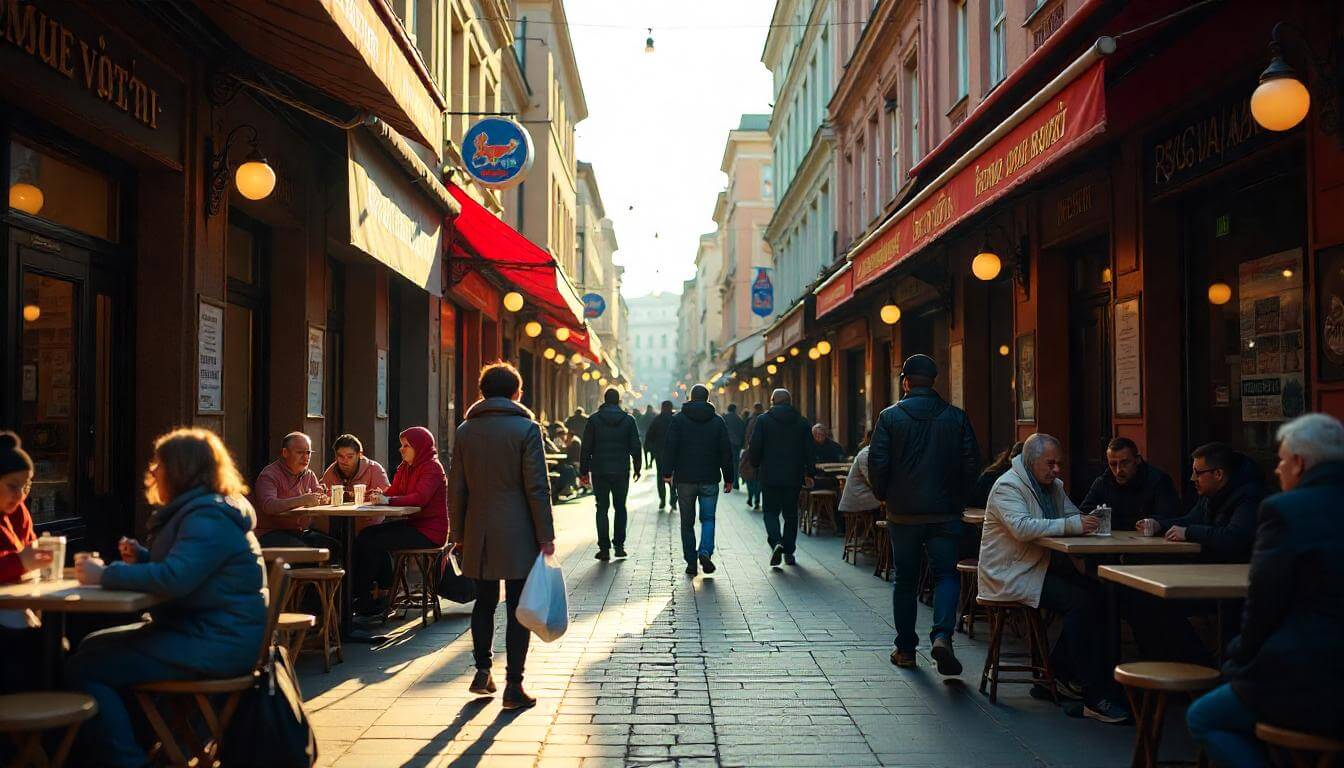 Moscow’s Immigrant Communities: Multicultural Neighborhoods and Cuisine">
Moscow’s Immigrant Communities: Multicultural Neighborhoods and Cuisine">

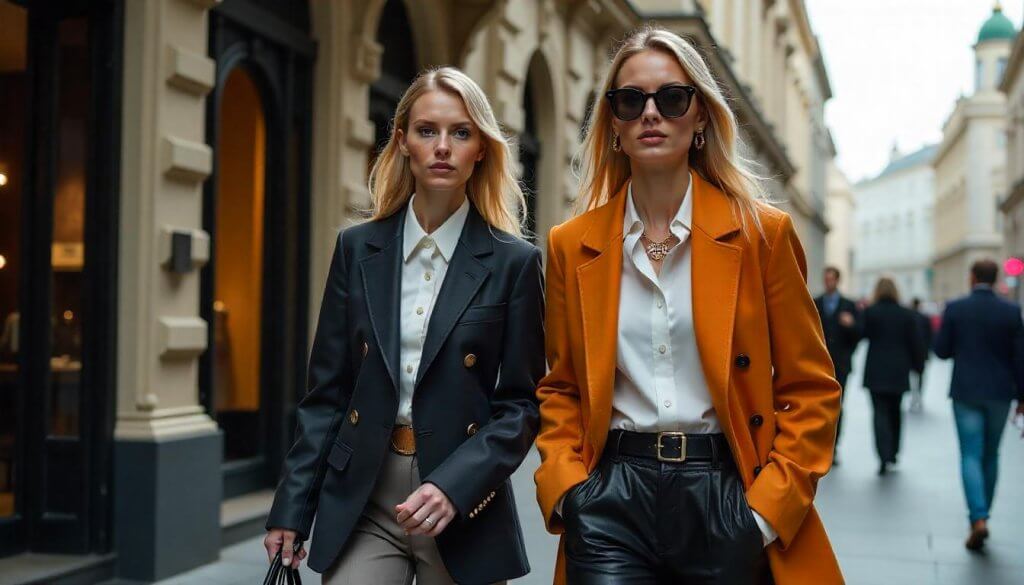 Fashion Forward Moscow: Designer Districts and Style Hotspots">
Fashion Forward Moscow: Designer Districts and Style Hotspots">
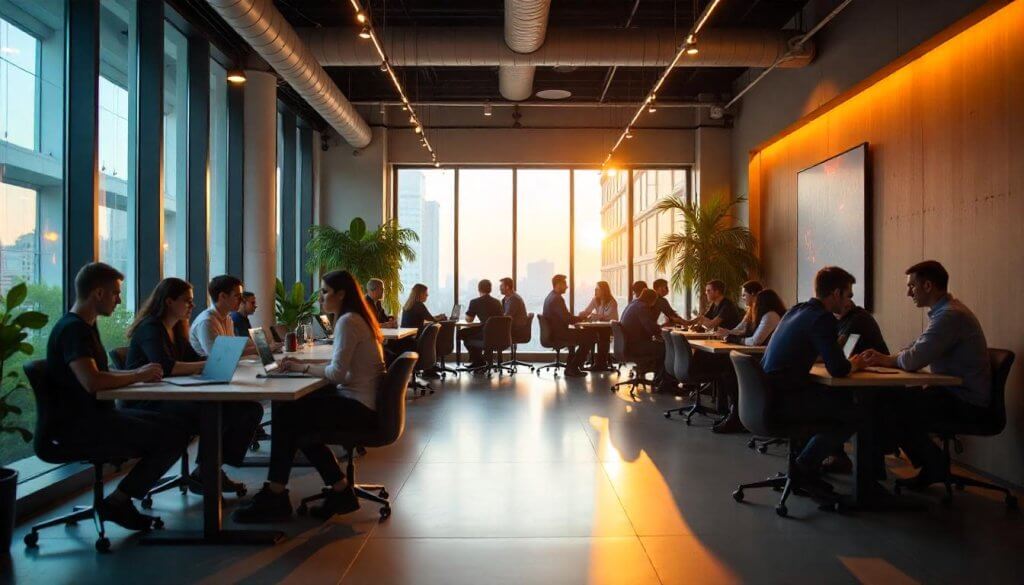 Moscow’s Startup Ecosystem: Tech Hubs and Innovation Centers">
Moscow’s Startup Ecosystem: Tech Hubs and Innovation Centers">
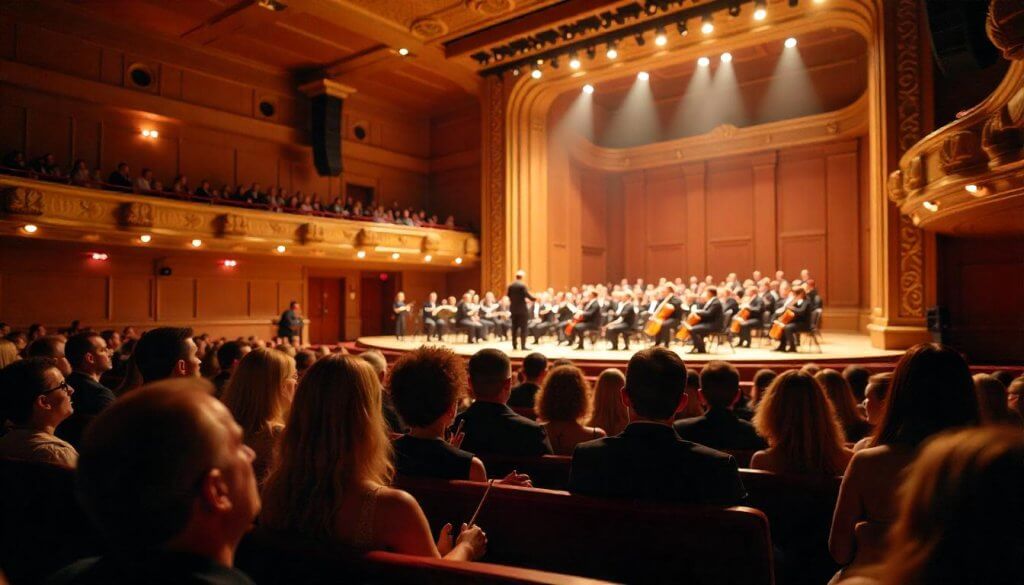 Moscow’s Music Scene: Concert Halls, Recording Studios, and Sound Tours">
Moscow’s Music Scene: Concert Halls, Recording Studios, and Sound Tours">
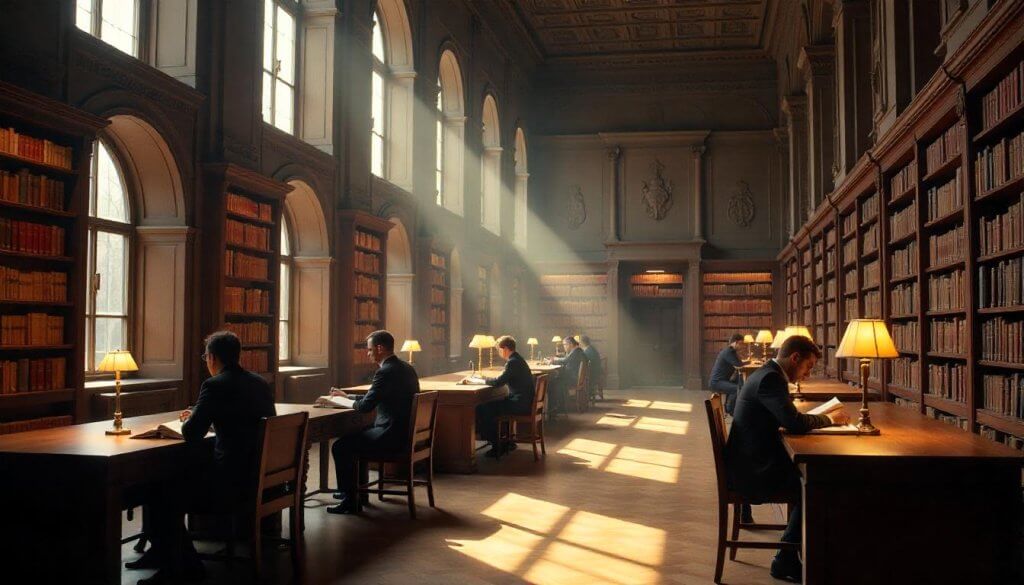 Moscow for Book Lovers: Libraries, Literary Sites, and Reading Spots">
Moscow for Book Lovers: Libraries, Literary Sites, and Reading Spots">
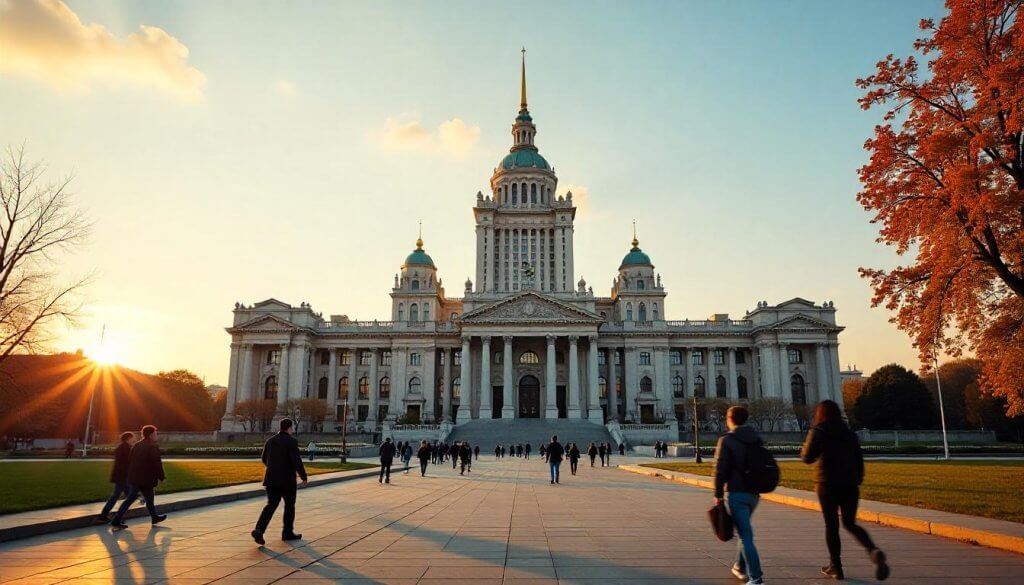 Soviet-Era Moscow: Communist Architecture and Historical Context">
Soviet-Era Moscow: Communist Architecture and Historical Context">
 Moscow for Photographers: Professional Workshops and Portfolio Building">
Moscow for Photographers: Professional Workshops and Portfolio Building">
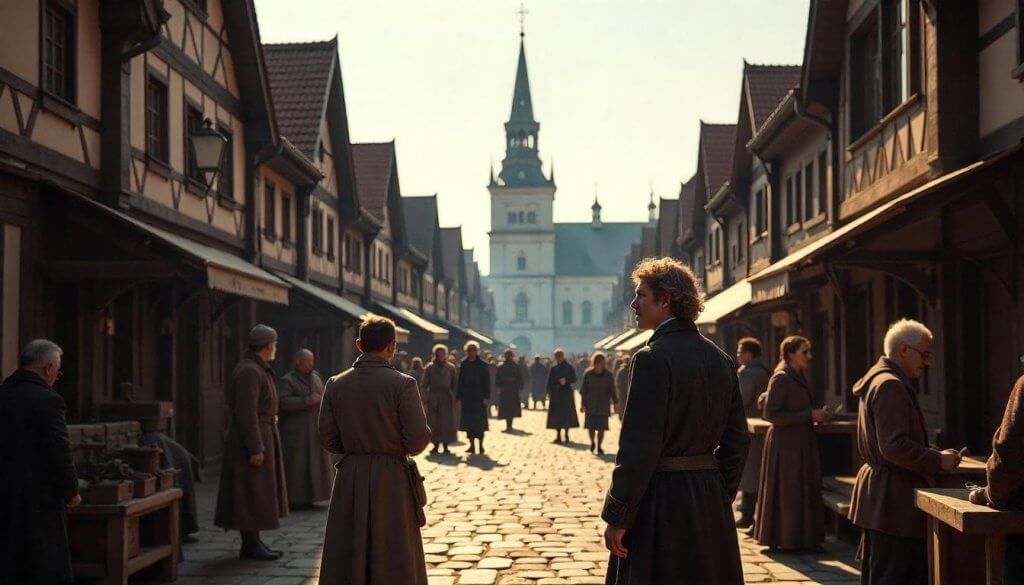 Moscow’s German Quarter: European Influence in Russian History">
Moscow’s German Quarter: European Influence in Russian History">
 Moscow’s Tatar Legacy: Islamic Culture in the Orthodox Capital">
Moscow’s Tatar Legacy: Islamic Culture in the Orthodox Capital">
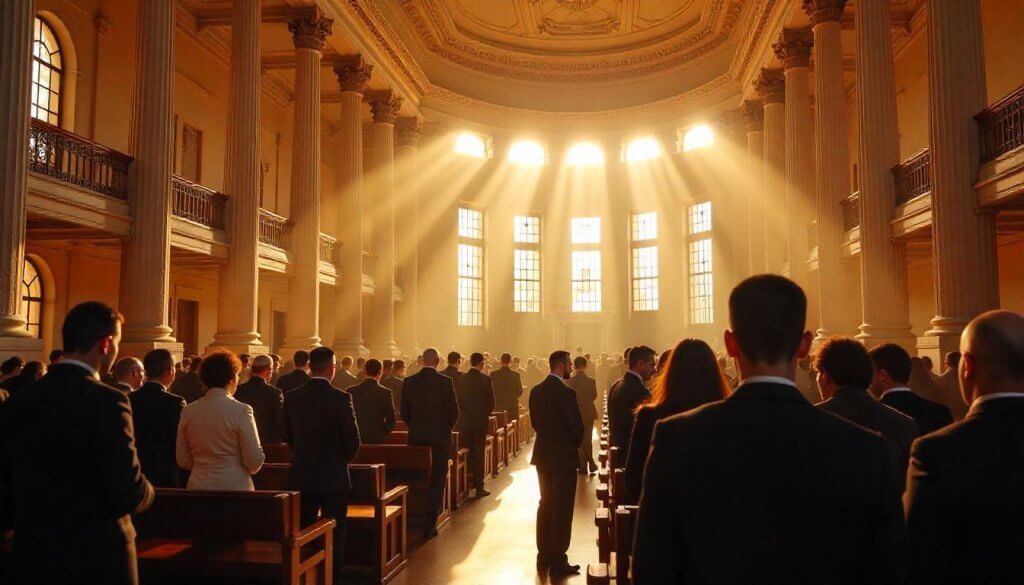 Moscow’s Jewish Heritage: Synagogues, Museums, and Cultural Centers">
Moscow’s Jewish Heritage: Synagogues, Museums, and Cultural Centers">
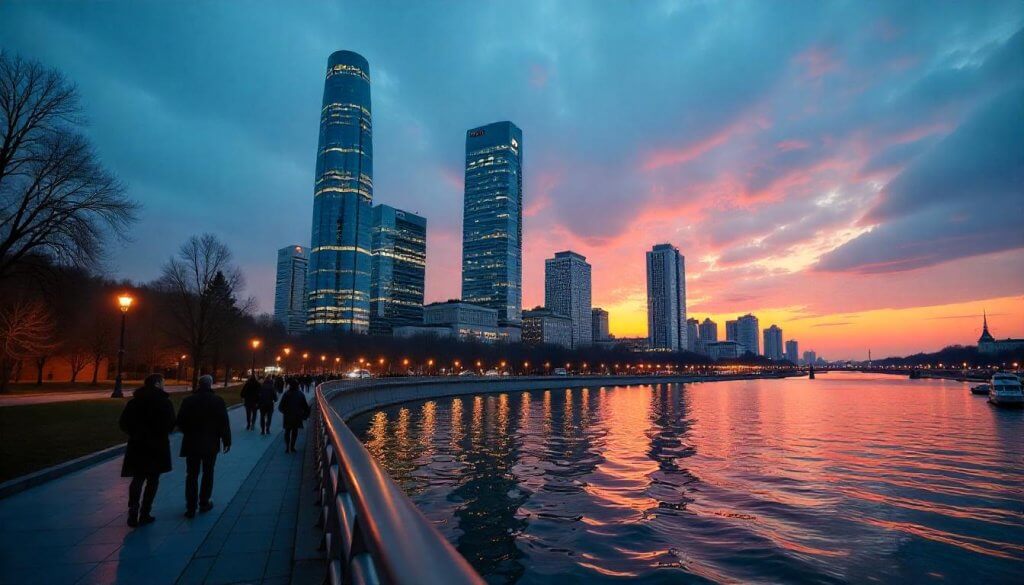 Post-Soviet Moscow: Understanding Modern Russian Society">
Post-Soviet Moscow: Understanding Modern Russian Society">